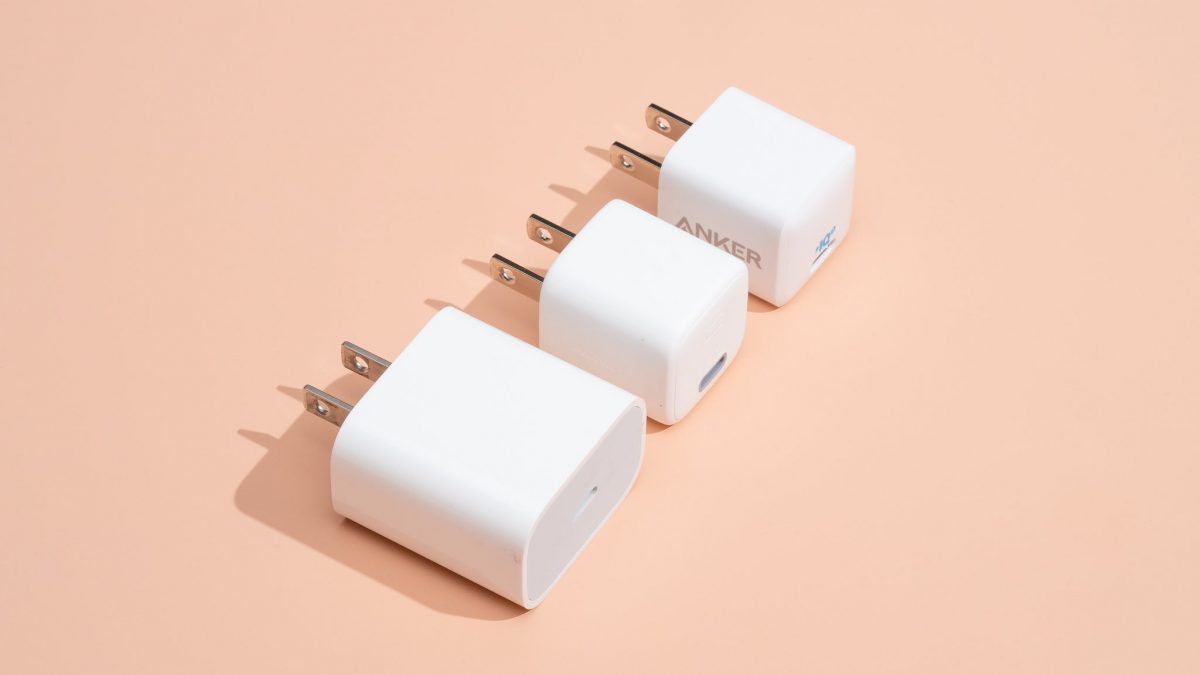FIXED: Why Does My Charger Keep Going On and Off?
Many of us have found ourselves in a situation where we’ve put our phone to charge, only to find out that the charging sign keeps disappearing and reappearing as the phone enters a continuous disconnection cycle. While, in most cases, a simple re-plug can resolve the issue, there are times when it has more deeper causes.
This article will delve deep into the reasons for your charger going on and off, and will talk about the possible solutions to mitigate the issue on both Android and iPhone.
Table of Contents:

1. The Charger Just Isn’t Plugged In Correctly
When you come across an issue like this, your immediate plan of action should be to first disconnect the cable and re-connect it. If this doesn’t work out, unplug the cable and manually take a look at your charging port. Usually, with time, debris, such as dust and lint accumulate here, stopping the cable from making a proper connection with the port on the phone.
2. Faulty Charging Cable
Since chargers are used to all sorts of twists and tangles, they can be damaged over time. A frayed wire is easily recognizable, and it is never suggested to connect your phone with this type of cable, even if it charges properly.

However, there can be damages on the inside of a wire too, prompting it to enter a disconnection cycle. This can cause frequent disconnections to the phone, and if you still try and force your phone to charge using the same cable, soon you’ll have bigger things to worry about.
3. The Power Adapter
Often, the issue lies in places we least imagine it to be – in this case, the power adapters. Usually, these aren’t damaged out of the blue, especially if there hasn’t been a power surge or something like a thunderstorm. However, people may often overlook a loose connection to the mains socket, causing it to degrade over time until one day it finally stops working altogether.

Read More: Can You Use Your Phone While Charging?
4. Incompatible Fast Charging Adapter/Cable
Most phones nowadays rely on the USB PD fast charging protocol. However, for phones like Samsung, Xiaomi, OPPO, and OnePlus, among others, they use proprietary fast charging standards. If you use an incompatible charging adapter or cable that doesn’t support the said standard, your phone may end up stuck in a constant fast charging loop.
Please keep in mind that this situation is different from your charger disconnecting. Your phone will always be charging while plugged in, but the fast charging animation can become frustrating, especially if you’re using your phone while it’s charging.
5. Issues With the Phone’s Charging Port
Well, if none of the solutions mentioned above seemed to have worked, unfortunately the only remaining option is to have your charging port checked out. We don’t recommend doing this by yourself, but you can at least take a look at the port to identify visible damages, such as checking out the tongue of the USB Type-C port, or the connectors to the Lightning Port.

Read More: Is Wireless Charging Bad for Your Smartphone Battery
6. Well, if it isn’t MicroUSB
While there has been a lot of hype surrounding the switch from Lightning to USB Type-C on iPhones, perhaps the biggest change was when Android phones ditched MicroUSB.

Almost no company at this point uses this connector, which was infamously known for its asymmetrical connection. Not to mention how it bent pretty easily either when the charger was plugged in the wrong way or when a bit of force was applied while plugging it in. Now, USB-C eliminates these issues, since any way you plug in your charger is essentially the “right way.”
Any phone you bought in the past essentially guaranteed a MicroUSB port change at least once in its life cycle, unless you were really careful with it.
7. 110V and 220V Charger Differences
Unfortunately, unlike mobile charging connectors today, the world has not reached a consensus on a single voltage standard. In the United States, the standard voltage is 110v, while the rest of the world typically uses 220v.
This voltage disparity could be a huge factor, preventing your phone from charging properly. A 220V charger might not function properly on 110V. There is also a possibility that plugging the charger into the wrong (voltage) socket may have caused internal damage to your phone or the adapter itself.

8. Known Faults with Manufacturers
While most of the connectors used on phones are the same, the difference arises when companies decide to use their proprietary fast charging standards. The issue of frequent charger disconnection is particularly common with OnePlus phones, and there have been instances where the phone’s official cable failed to Warp Charge, with third-party cables proving to be more effective.
Almost every major smartphone manufacturer has at least one post on its forums discussing the problem of phones constantly disconnecting. However, it’s important to keep in mind that despite all the quality control checks and testing, such issues are rarely common.
Conclusion
While these are all the variables to check if you want to isolate the issue of your phone constantly disconnecting from its charger. However, if none of this seems to work, there may be something really obvious that you might be missing out on – perhaps a faulty socket or a wrong wire?
If you’ve successfully diagnosed the issue, make sure to check out our detailed guide on charging your phone faster – could help you save valuable minutes, especially when you’re in a hurry.
 Reviewed by
Reviewed by 




